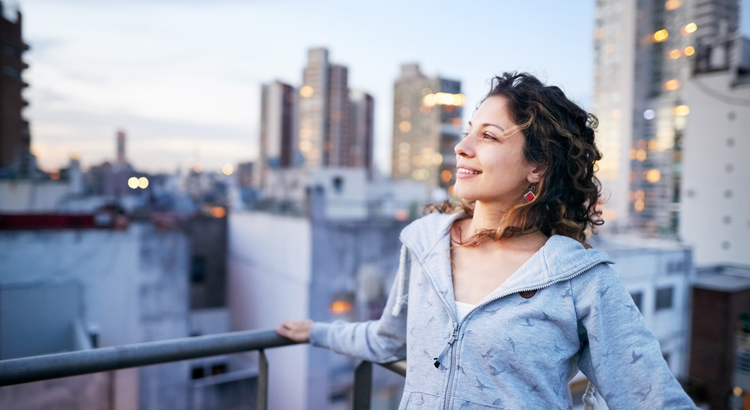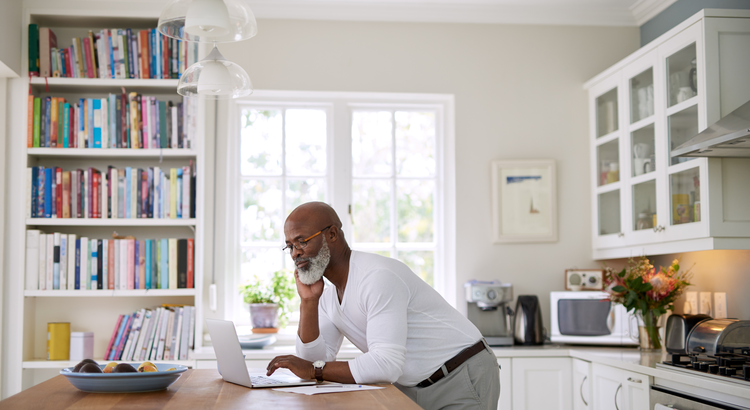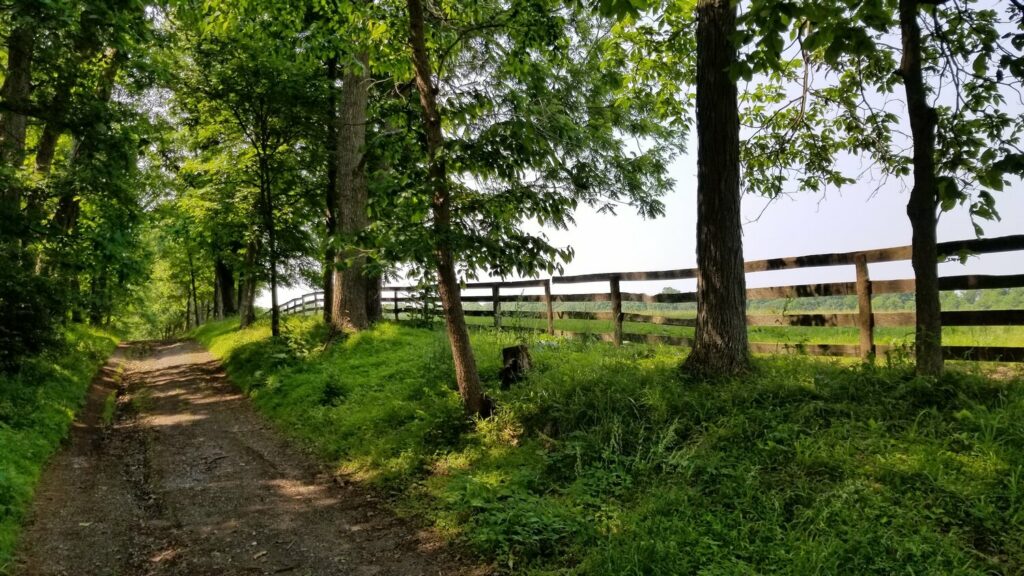Home Staging
What Is Home Staging?
Home staging is very similar to interior design and it employs many of the same concepts: using color, light and accessories to balance a space visually and make it more appealing and attractive. However, home staging is more than just interior design; it is the process of preparing a house for sale. So instead of designing the space to appeal to the current residents – the sellers – the space is designed to appeal to potential buyers.
Staging is becoming increasingly popular as real estate agents and sellers alike look to distinguish their property from the competition. If you’ve ever walked through a model home, you will understand the feeling that buyers get. They react emotionally to an attractive and beautifully decorated home that they can mentally move their things into.
Staging is an extremely effective marketing tool and it is a fact that staged homes sell faster and for more money than their non-staged counterparts. If you choose not to stage your property, you not only risk leaving money on the table, you also risk letting it sit on the market longer than necessary.
Clean, Neutralize, Declutter
Before staging begins, it is important to have the property thoroughly cleaned. Kitchens and bathrooms should sparkle! Have carpets shampooed or replaced, wash all the windows, and make sure the walls are painted with a neutral hue to appeal to the majority of buyers.
The most important aspect of preparation is to remove clutter. Clutter eats equity! Paperwork, small items, collections, and family photos on the countertops, shelving and tables should be packed up and put into storage. You are going to pack it all anyway, so it is best to pack it up now and get it out of sight of your buyers.
Extra furniture should be removed to storage. If a home has too much or too little in it, it is difficult for most buyers to visualize how their own things will look in the home. Staging makes it easy for them to see themselves in YOUR property. Remember: You are selling your house, not your things, and the way you live in your home and the way you market and sell your house are very different.
The exterior should be neat and appealing. The walk should be swept. Landscaping should be neither sparse nor overgrown; you can’t sell it if you can’t see it. Add colorful plants and flowers to brighten up your beds.
Ready, Set, Stage
The goal of staging is to showcase your home’s best features, such as a view, a large kitchen, wood flooring, a fireplace or unique architectural elements. Each room should have an obvious purpose. For example, a bedroom should look like a bedroom and not be packed with disparate miscellaneous items.
The stager will then choose a focal point to highlight in each room, such as a staircase, an arch or large windows. He or she will accomplish this by selecting a pleasant color scheme and then accessorizing with items such as rugs, vases, plants, linens, window treatments, and pillows. Often the stager will simply reposition your furniture and accessorize with existing items from the household, moving them from room to room and utilizing them in new and unexpected ways. This is where the artistry happens and this is how the stager earns her pay – by using her creativity and eye for decorating to make your home look beautiful – quickly. She will typically supplement with items from her own inventory and add some rented furniture, if necessary.
Another fun technique of the stager is the creation of vignettes – arrangements that set the stage and capture the imagination of potential buyers by making your home look elegant, relaxing and inviting… a laundry basket full of fresh white linens with some lavender tied with raffia, a breakfast tray on a fluffed-up bed with magazines and fresh flowers, and elaborate place settings and a beautiful centerpiece on the dining room table.
Once the staging is complete, it is Open House time. The stager will apply the finishing touches: open the blinds and shades, turn on all the lights and lamps, light candles, place up lights in dark corners, add fresh flowers, plug in air fresheners and perhaps put on soft music to create a peaceful ambience.
The Cost (Investment) of Staging
Staging can cost as little as a few hundred dollars for a detailed consultation (for those who wish to do it themselves but need some direction) to under $1000 for a small home to up into the thousands for a large vacant house in need of furniture, decorating and accessories. Many stagers will do as little or as much as the seller wants, and employing just a few decorating and staging techniques can go a long way. Typically the client will pay up front for the staging services, then pay a monthly rental fee for accessories and furniture that were brought into the home.
Regardless of the cost of staging, it is always less than your first price reduction, so it pays to make the investment up front and really impress the buyers. You typically won’t get a second chance to make a first impression.
Finding an ASP™ Stager
You can find an Accredited Staging Professional™ in your area by visiting www.stagedhomes.com and searching by your city or zip code. ASPs have successfully completed a detailed course and passed a thorough examination on preparing homes for sale. Homes that are staged by an ASP™ look better than other homes on the market by being clean, clutter-free, and ready to show to prospective buyers. Staged homes traditionally sell faster and/or for more money in today’s real estate market. The ASP™ designation is a benchmark of true excellence in customer service for home sellers.

![The Benefits of Working With an Agent When You Sell Your House [INFOGRAPHIC]](https://www.pembrokepineshomeowners.com/wp-content/uploads/2023/12/The-Benefits-of-Working-With-an-Agent-MEM-1-OdJsyS-411x1024.png)





